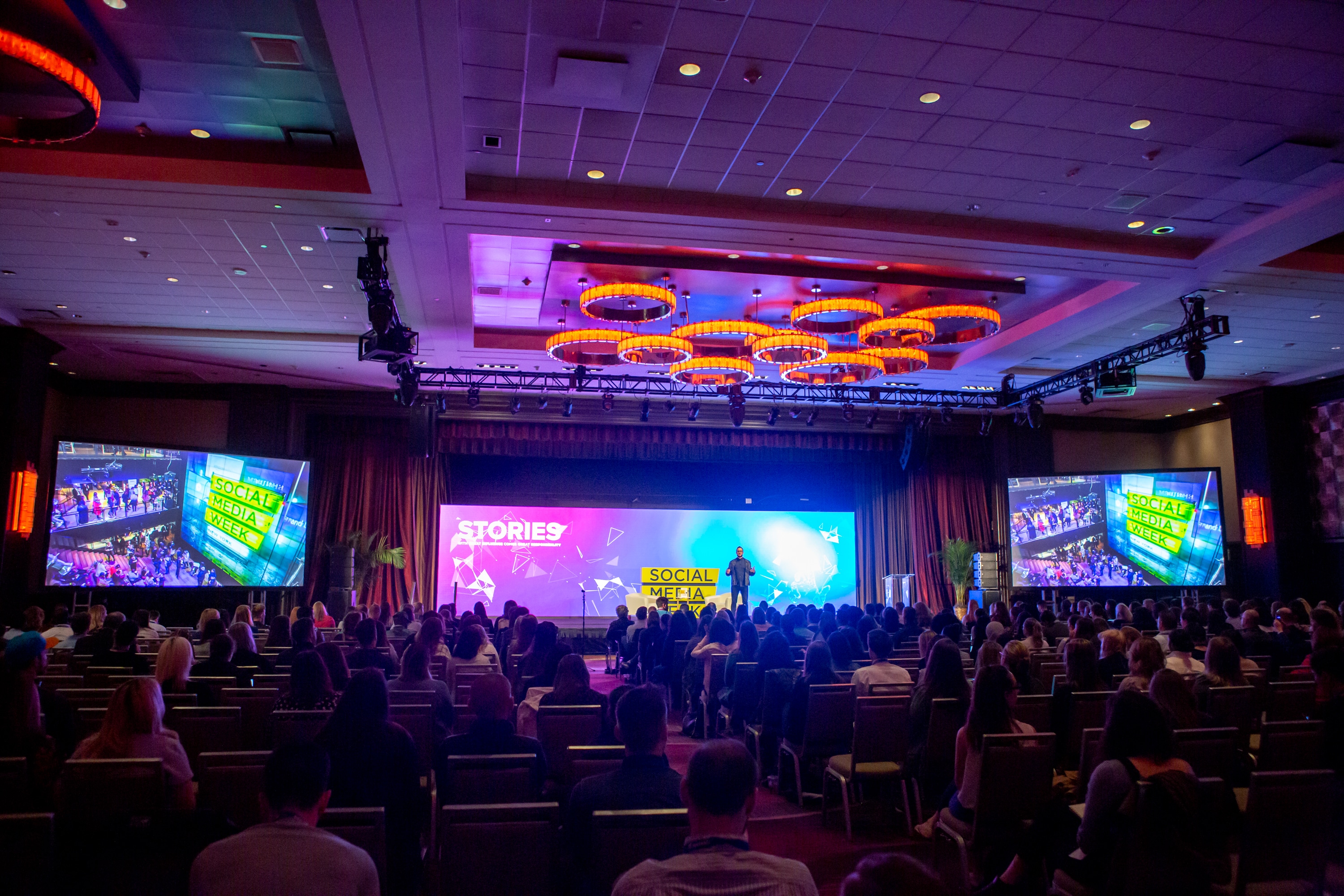Advantages of Light Emitting Diode Video Screens Over Conventional Projection Technologies in Modern Graphic Displays
Advantages of Light Emitting Diode Video Screens Over Conventional Projection Technologies in Modern Graphic Displays
Blog Article
LED video screens have become increasingly favored in multiple environments, such as schools, corporations, and leisure venues. These advanced visual technologies offer numerous advantages over traditional projection technologies. Understanding these benefits can help companies make knowledgeable decisions about their visual needs. This article will examine the main advantages of LED video walls, including brightness, visual quality, flexibility, upkeep, and energy efficiency.
One of the key significant benefits of LED display walls is their brightness. LED technology produces vibrant and radiant images that can be easily viewed in various lighting environments. Unlike traditional projectors, which can have difficulty in well-lit environments, LED display screens maintain their clarity and color precision even in well-lit spaces. This makes them ideal for outdoor activities or places with large openings. The high luminosity levels ensure that the content displayed is always clear, making it easier for audiences to engage with the data being shown.
In addition to brightness, Light Emitting Diode display walls provide enhanced visual clarity. They offer higher resolution and better hue reproduction compared to traditional projector systems. This means that pictures and videos displayed on an Light Emitting Diode wall appear sharper and more defined. The dot density of Light Emitting Diode screens allows for near viewing without losing clarity, which is especially important in settings like exhibition fairs or conferences where viewers may be nearby to the display. Furthermore, Light Emitting Diode tech can produce deeper blacks and more intense hues, enhancing the overall aesthetic experience.
Flexibility is another key benefit of Light Emitting Diode display screens. These technologies can be configured in various dimensions and forms to fit varied spaces and aesthetic requirements. Unlike conventional projection systems, which require a particular distance from the screen to operate properly, Light Emitting Diode video screens can be installed in a range of environments. They can be curved, tiled, or even used in innovative layouts to create distinct display presentations. This adaptability allows organizations to customize their display exhibits to suit their particular needs, making LED display screens a flexible choice for any Learn More environment.
Maintenance is also a crucial factor when contrasting Light Emitting Diode video screens to traditional projection systems. Light Emitting Diode screens generally require fewer upkeep over the years. Traditional projectors often need bulb changes and regular maintenance to maintain peak performance. In contrast, LED technology has a greater lifespan and does not require frequent changes. This lowers inactivity and upkeep expenses, making Light Emitting Diode video walls a more economical option in the long-term run. Organizations can focus on their displays rather than worrying about the maintenance of their display systems.
Lastly, energy efficiency is an important factor for many organizations. Light Emitting Diode video walls consume less energy compared to conventional projector technologies, which can lead to substantial savings on power costs. This is especially beneficial for businesses and locations that use displays for extended times. Additionally, the reduced energy consumption of Light Emitting Diode technology contributes to a lowered environmental impact, making it a more eco-friendly option. By choosing LED video screens, organizations can enjoy high-quality visual screens while also being considerate of their energy use and environmental footprint.
In conclusion, LED video walls offer numerous advantages over traditional projection systems. Their brightness, visual clarity, adaptability, minimal upkeep requirements, and power conservation make them an superior option for modern visual displays. As technology continues to advance, LED video walls are likely to become even more common in multiple environments, providing companies with the tools they need to effectively convey and interact with their viewers.